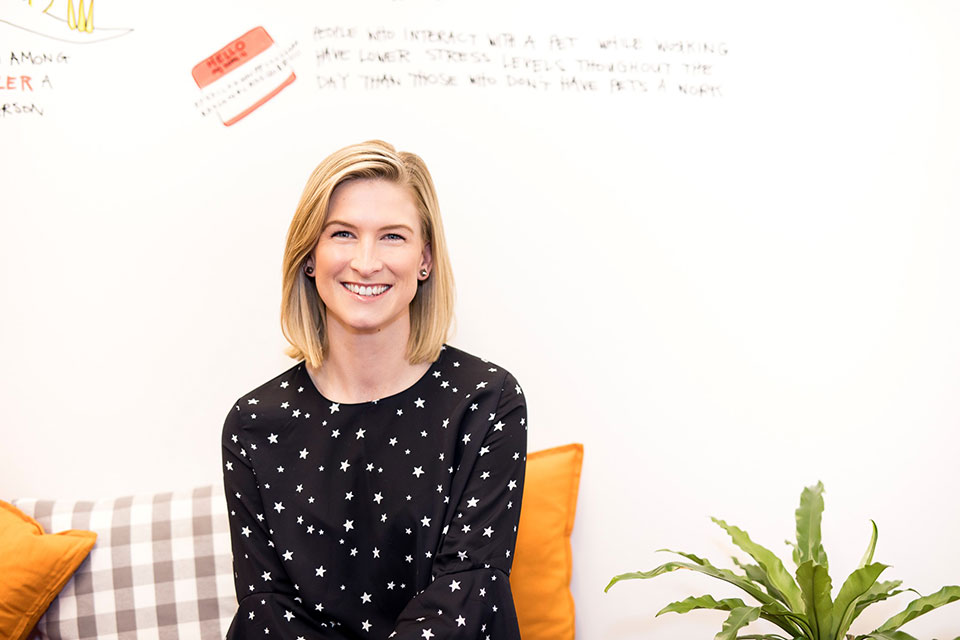Three strategies to improve your decision-making process

How much of your time at work is spent making decisions? Is it 10%, or perhaps closer to 50%? When you reflect on the various hats you wear, projects you are across and tasks you are responsible for, the sheer amount of time spent solely on decision making may come as a surprise to you.
A 2019 McKinsey survey of more than 12,000 respondents found that on average, workers spend 37 percent of their time making decisions, and more than half of this time was thought to be spent ineffectively.
Unfortunately, research also confirms that the decisions we make as professionals often vary randomly when given the same sets of data – that is, we often contradict ourselves. This random variability is known as ‘noise’. For example, when pathologists made two assessments of the severity of biopsy results, the correlation between their ratings was only .61 (out of a perfect 1.0).
So, how can we improve the return on investment in decision making at work?
Daniel Kahneman, winner of the Nobel prize in economics, suggests that a disciplined process is the key to reducing errors in human judgement. And, this disciplined process makes space for intuition, otherwise known as instincts or gut-feelings. The important point with intuition however, is timing. Instead of rushing into knee-jerk intuitive decisions, professionals should listen to their intuition only after a careful and balanced consideration of evidence.
This disciplined process is known as Mediating Assessments Protocol (MAP). Whether you are making a decision by yourself, or thinking about a strategic decision your team needs to make, here are the three steps you need to maximise your outcomes:
- Identify the criteria to assess your decision
The first step is to identify what criteria will be used to evaluate your decision. For example, if you are hiring an Executive Assistant (EA) – what qualities are you looking for? You don’t need someone with a teaching qualification, but you may need someone with previous corporate experience, superior communication and organisational skills. Starting our decision-making process with this step ensures we don’t fall into the confirmation bias trap that arises from the ‘first impression’ we might get from an option. - Rate the options independently
Once we have listed the criteria, each ‘option’ for your decision (e.g. each available candidate for the EA role) should be rated independently. These ratings should be completed independent of other criteria and other raters. And these ratings should be fact-based. For example, one rater might assess all candidates in terms of the quality of their previous corporate experience using a simple scale where 0 indicates no experience, 1 indicates 1-4 years experience and 2 indicates 5+ years experience. Importantly, these ratings should be completed independent of how those candidates have performed across other dimensions, such as communication and organisational skills. The halo effect can influence our ratings such that a top performer in one dimension (e.g. corporate experience) might be perceived as a better performer in a separate dimension (e.g. organisational skills), regardless of their objective performance in that dimension. - Make your informed and intuitive decision
After completing ratings independently, you can now view each option holistically and make your decision. Importantly, this is the time to lean into intuitive judgements, given we can now be confident that our intuition is informed. Crucially, intuition should not necessarily be utilised when the disciplined and fact-based approach of step 1 and 2 have not been completed first.
Given the significant investment in decision-making at work, it seems only fair that we apply a rigorous process to ensure a return on our investment. And, as the MAP highlights, a process that integrates rigor and intuition is possible. By ensuring assessments are made independently, based on facts, and delaying the final decision until all assessments are finished, we can reduce the negative effects that biases and noise can have on our decision making effectiveness.
Written by Charlotte Rush, an opinion columnist for the CEOWORLD magazine.
Add CEOWORLD magazine to your Google News feed.
Follow CEOWORLD magazine headlines on: Google News, LinkedIn, Twitter, and Facebook.
Copyright 2024 The CEOWORLD magazine. All rights reserved. This material (and any extract from it) must not be copied, redistributed or placed on any website, without CEOWORLD magazine' prior written consent. For media queries, please contact: info@ceoworld.biz








